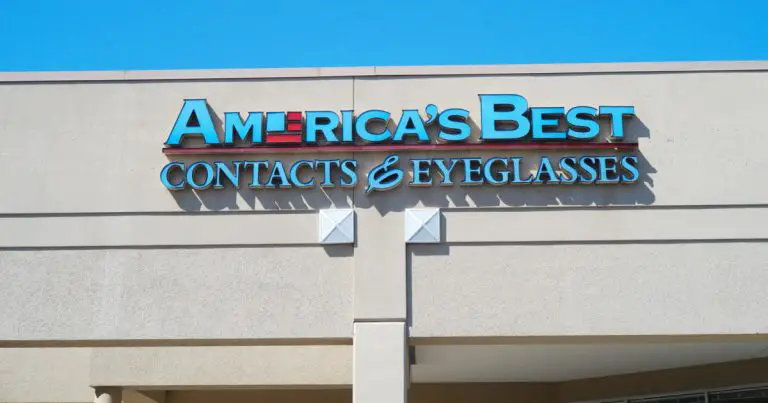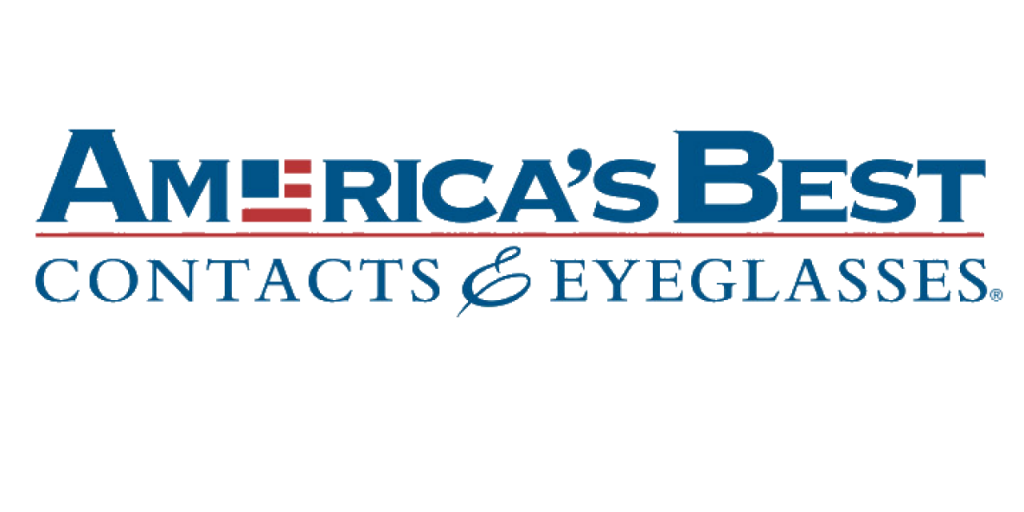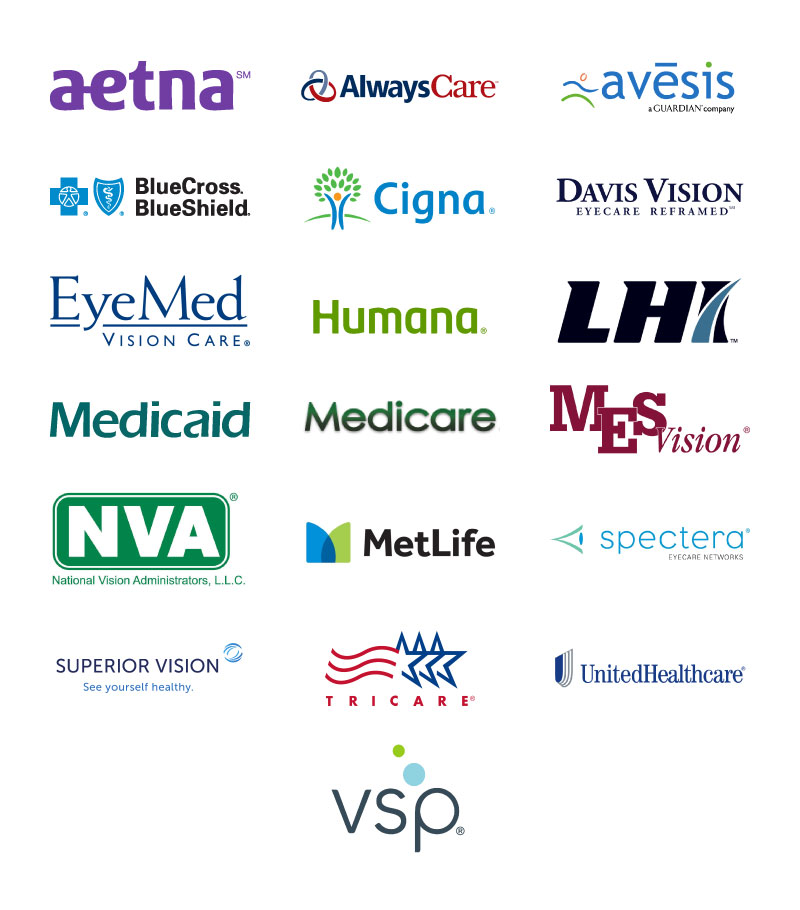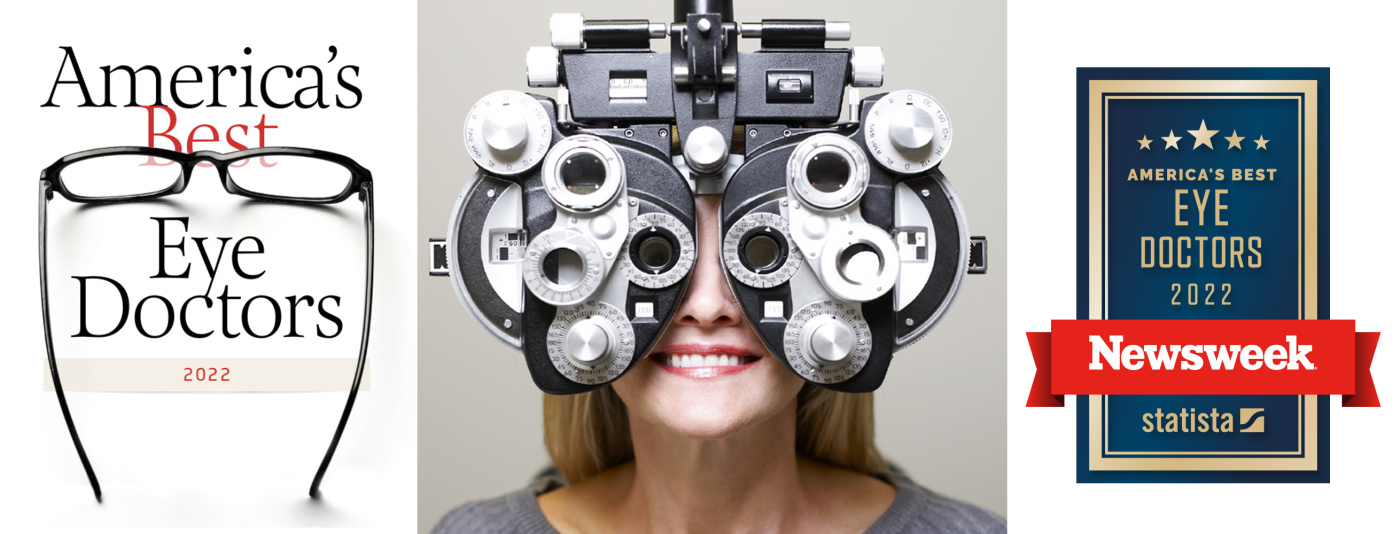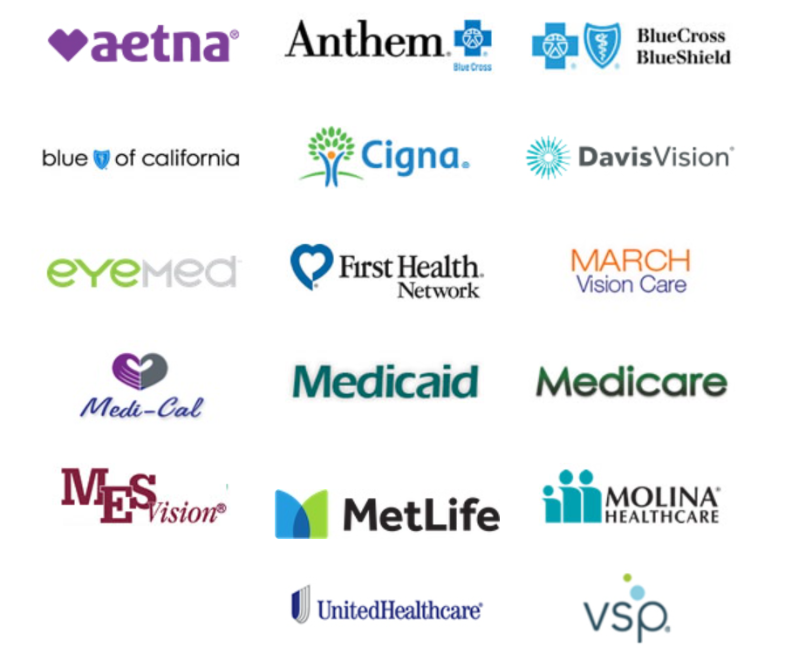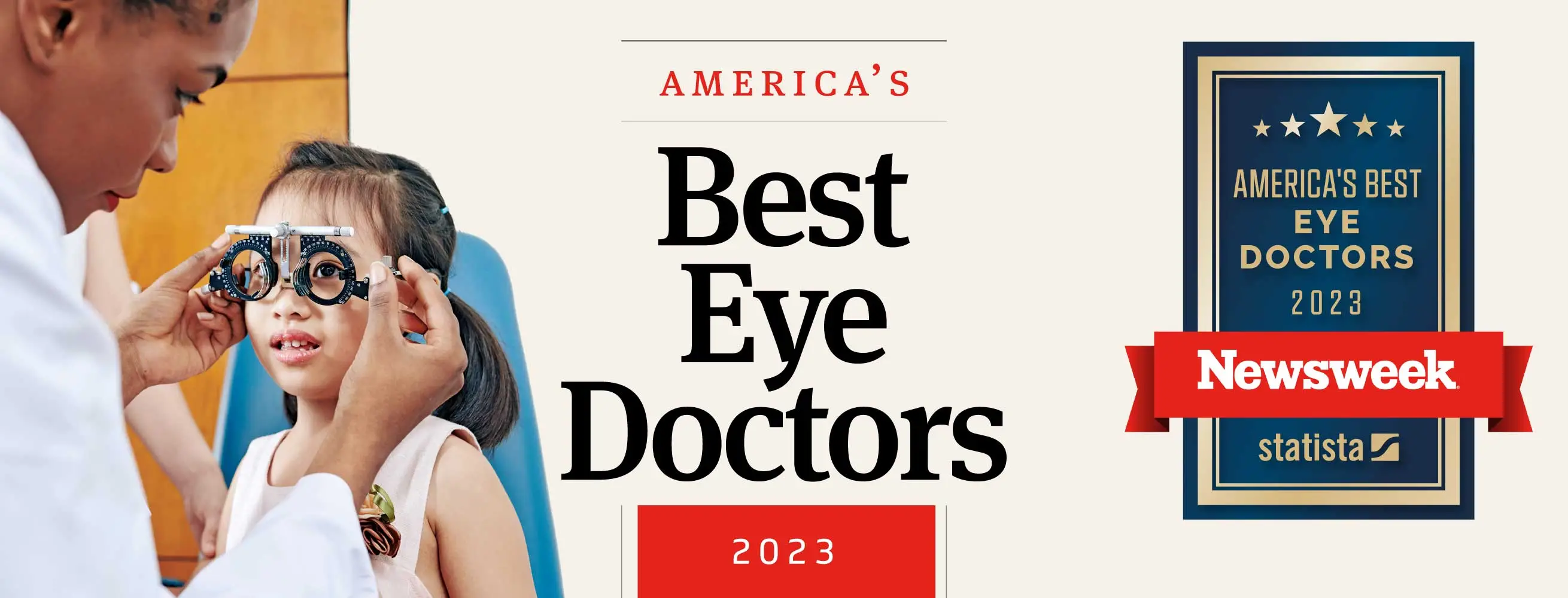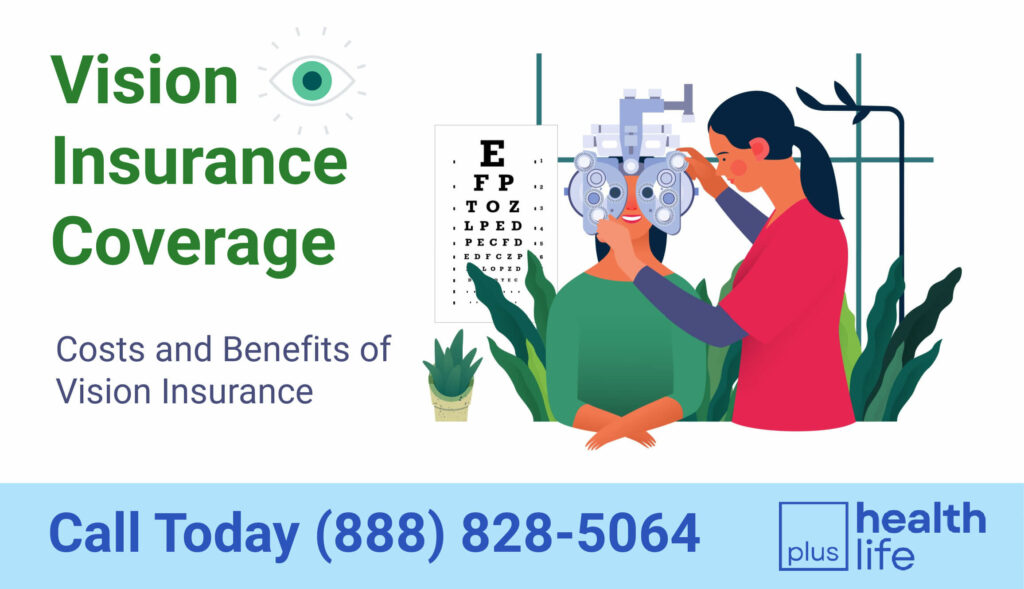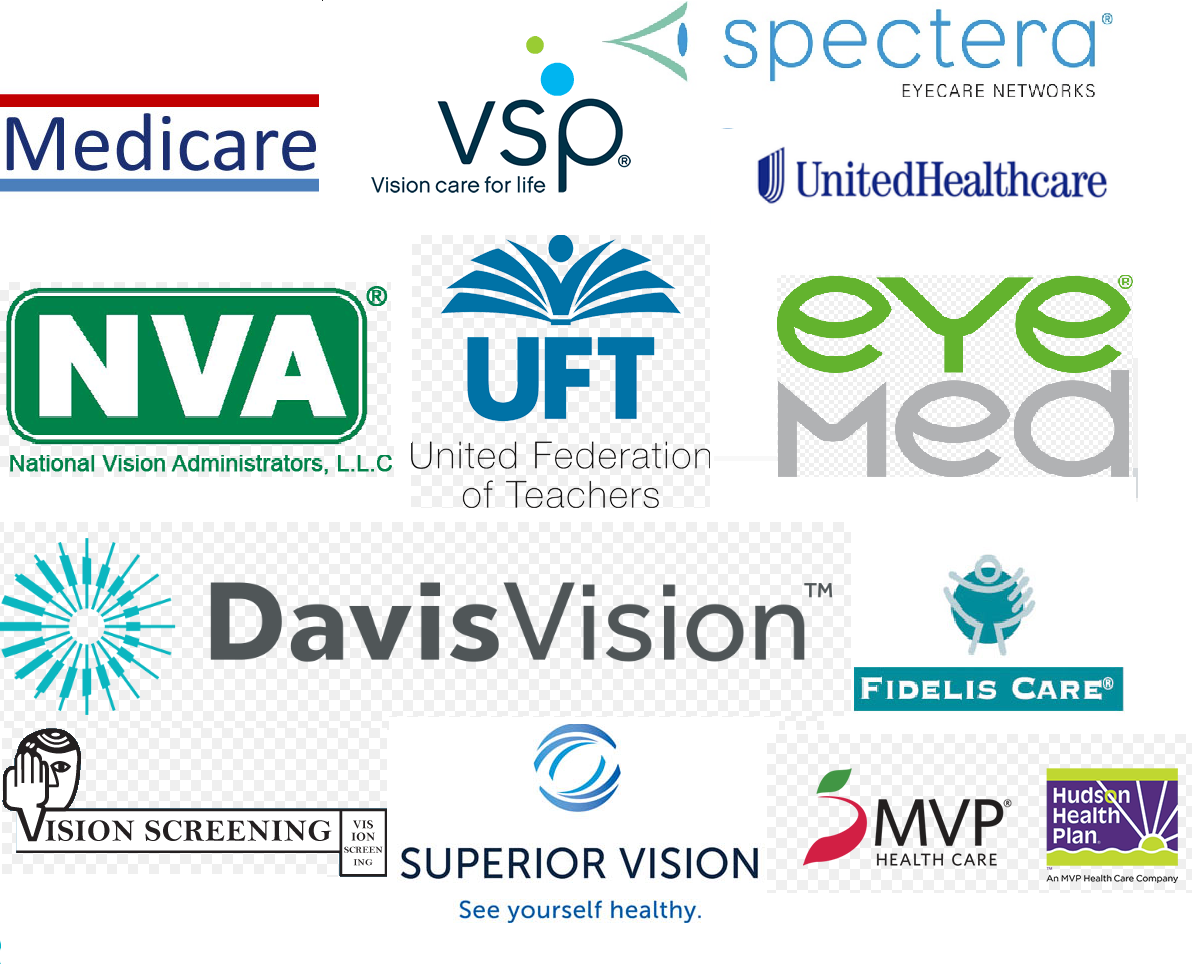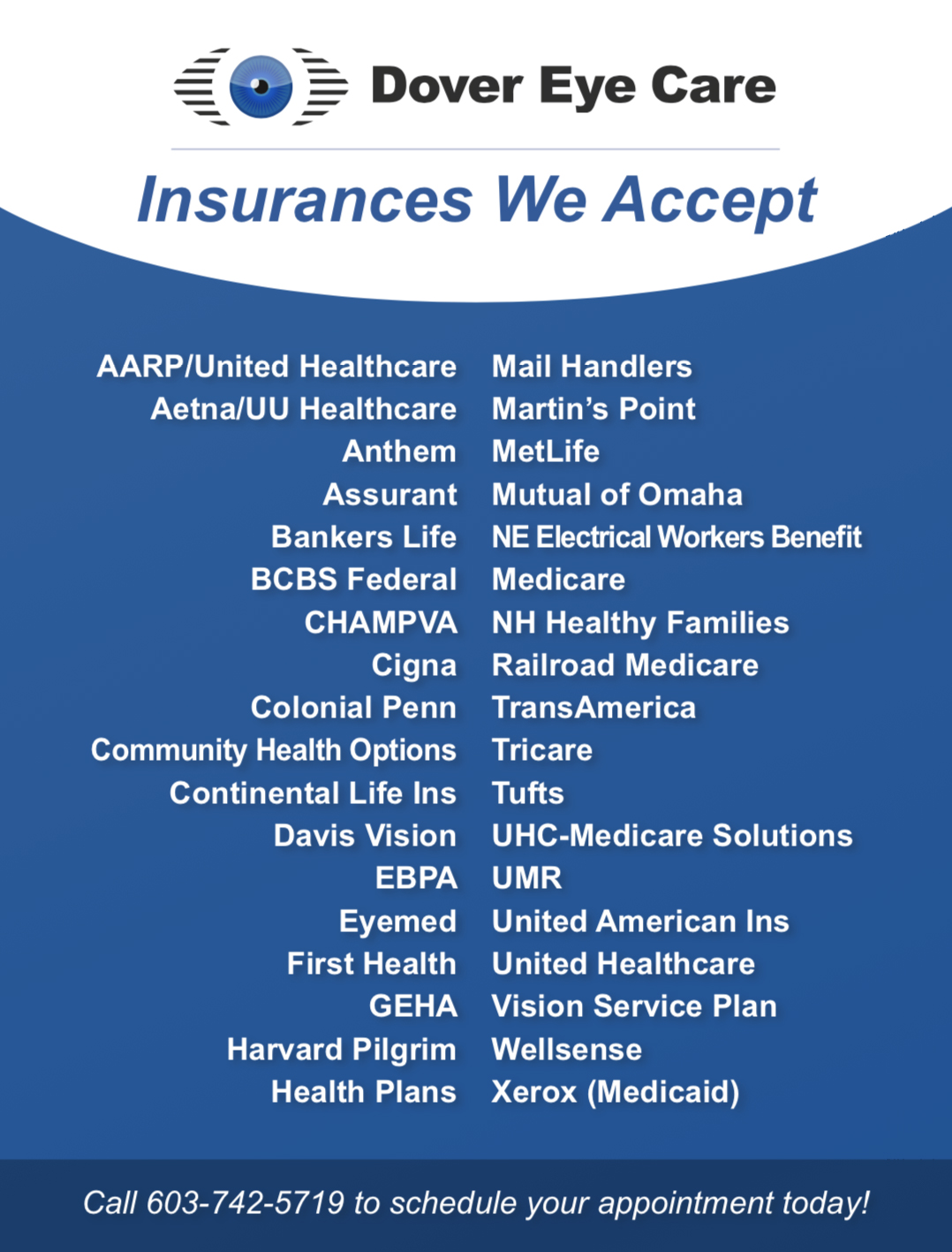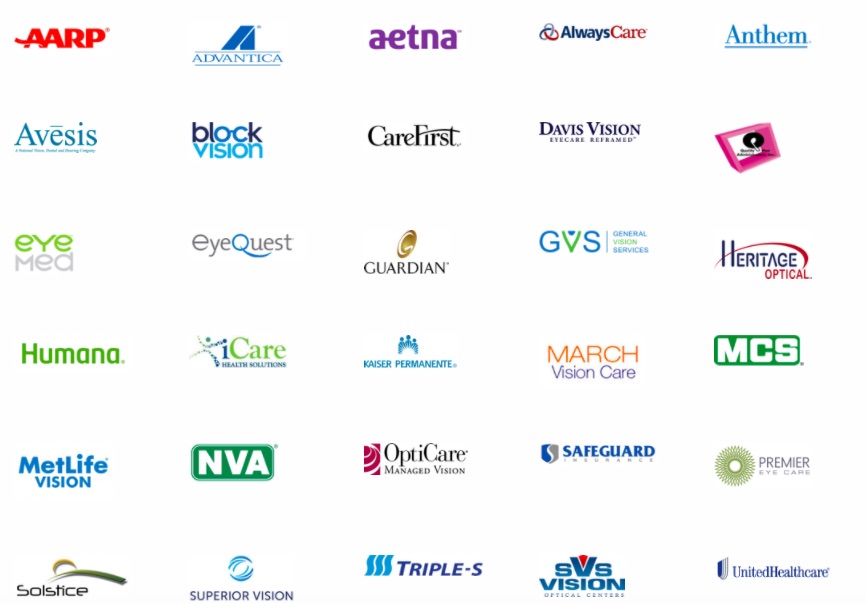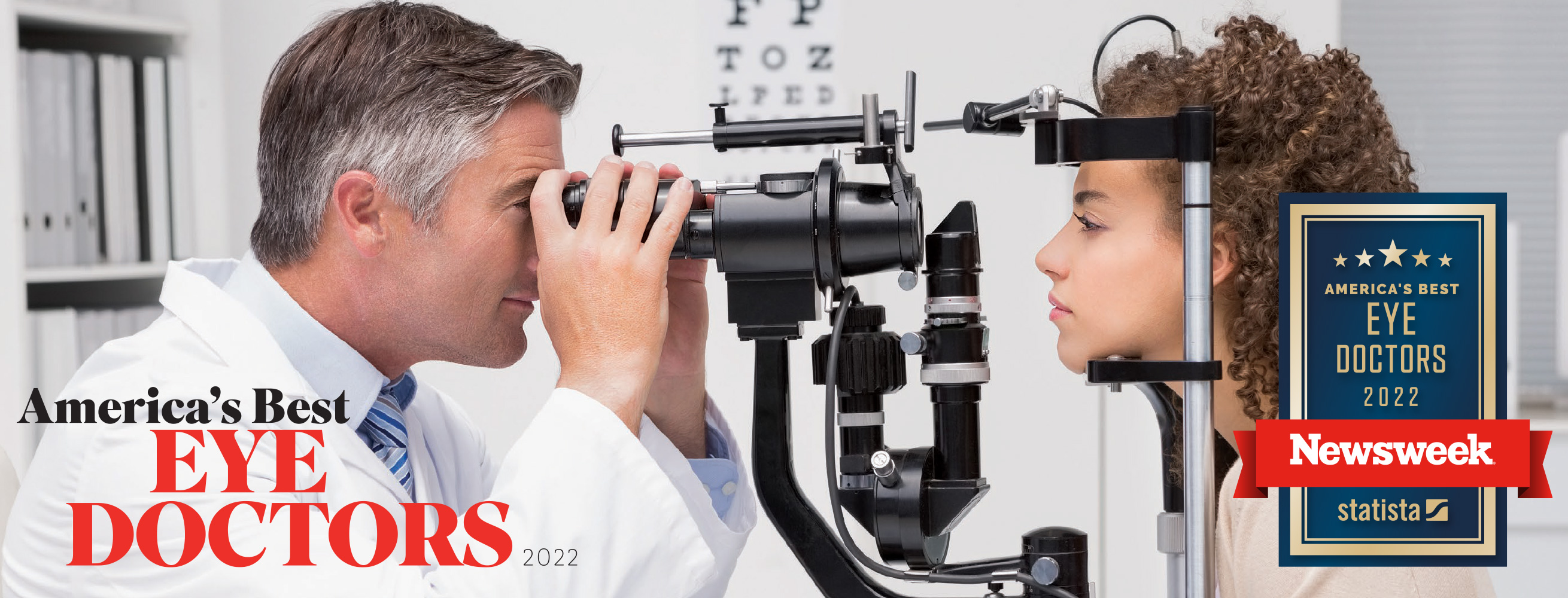America's Best Eye Insurance Accepted

The landscape of vision care is shifting, and for millions of Americans, navigating the complexities of eye insurance can feel like a daunting task. A recent study reveals widespread confusion regarding coverage, benefits, and accepted providers, leaving many unsure about how to maximize their vision care benefits.
This article aims to cut through the noise, identifying and analyzing what constitutes "America's Best Eye Insurance Accepted," based on provider network size, benefit comprehensiveness, customer satisfaction, and industry reputation. We'll delve into the key players, examine their offerings, and provide insights to help consumers make informed decisions about their eye care coverage.
Understanding the Criteria for "Best"
Defining "best" in the context of eye insurance is multi-faceted. It goes beyond simply offering the lowest premiums; it encompasses a range of factors crucial to ensuring comprehensive and accessible vision care.
Key elements include the size and quality of the provider network, the breadth of covered services (from routine eye exams to specialized treatments), the level of customer service, and the financial stability of the insurance provider. Let's examine these more closely.
Provider Network Size and Accessibility
A large provider network ensures that policyholders have convenient access to eye care professionals in their area. Insurance plans with extensive networks, including independent optometrists and ophthalmologists as well as chain providers, generally offer greater choice and flexibility. Larger networks are particularly important for individuals living in rural areas where access to specialists may be limited.
"The larger the network, the less likely patients are to face 'out-of-network' charges, which can significantly increase the cost of care," explains Dr. Emily Carter, an optometrist with a private practice in Boston.
Breadth of Covered Services
The best eye insurance plans cover a wide range of services beyond basic eye exams. This includes coverage for eyeglasses, contact lenses, and treatments for common eye conditions like glaucoma and macular degeneration.
Plans that offer discounts on laser vision correction or other elective procedures are also highly valued. Understanding the specific coverage details is crucial before selecting a plan.
Customer Satisfaction and Reputation
Independent ratings and reviews from organizations like the Better Business Bureau and J.D. Power can provide valuable insights into the customer service experience offered by different insurance providers. Plans with high customer satisfaction ratings typically demonstrate responsiveness to inquiries, efficient claims processing, and clear communication of benefits.
Analyzing Leading Eye Insurance Providers
Several major insurance companies consistently rank highly in terms of provider network size, benefit comprehensiveness, and customer satisfaction. These include names like VSP Vision Care, EyeMed Vision Care, and certain plans offered by major health insurance companies such as UnitedHealthcare and Aetna.
VSP Vision Care, for example, boasts a vast network of independent optometrists and offers a range of plans to suit different needs and budgets. EyeMed Vision Care is known for its partnerships with major retail chains, providing convenient access to eye care services.
"It's not just about the cost of the premium," says financial advisor Michael Davies. "It's about the overall value you receive in terms of access, coverage, and peace of mind."
The Impact of Technological Advancements
Telehealth and online vision tests are increasingly becoming part of the eye care landscape. Some insurance plans now offer coverage for these services, expanding access to care, particularly for individuals with mobility issues or those living in remote areas.
The integration of technology is likely to continue, with more sophisticated online diagnostic tools and remote monitoring devices becoming available in the future. Insurers will need to adapt their coverage to accommodate these innovations.
Looking Ahead: The Future of Eye Insurance
The eye insurance market is constantly evolving, driven by advancements in technology, changes in healthcare regulations, and shifting consumer demands. Individuals seeking the "best" eye insurance need to carefully evaluate their options based on their individual needs and preferences.
Staying informed about the latest developments in vision care and insurance coverage is essential for making informed decisions. By understanding the key criteria for evaluating eye insurance plans and staying abreast of industry trends, consumers can ensure they receive the best possible care for their vision health.



